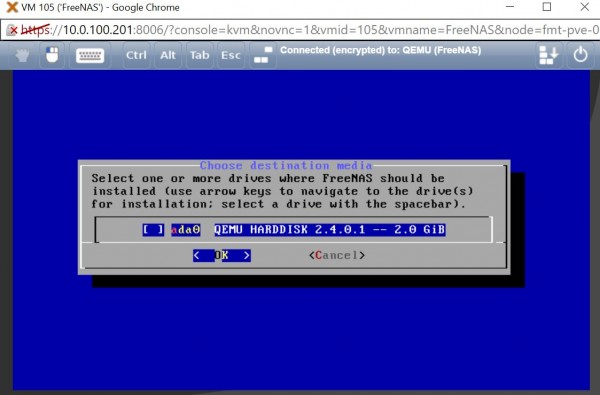

Even if I left Windows idling at the desktop, eventually it would just crash. I did try to install all of the VirtIO drivers, but it would still crash no matter what. Then I tried in FreeNAS 11.1-U1 and Windows 7/8/10 would just freeze during the installation at various percentages or steps.
With Windows RDP (Remote Desktop Protocol) it is possible to make you Windows operative system accessible from anywhere as long as you have an internet connection. In this article we are going to show you how to make your FreeNAS Windows VM (which you can learn how to set up in this article ) remotely accessible with RDP. STEP 1 – Make your VM have a static LAN ip You can either achieve that by going into your router and set an IP for the VM’s MAC address (recommended), or by managing these settings in the control panel. Soset u bikaner. In your Windows VM: STEP 2 –.
Windows 10 Virtual Machine on FreeNAS Corral with VIRTIO NIC Step 1) Create a Pool dataset, where you will copy the Windows.iso file and the VIRTIO Drivers. You can download the Windows Disk Image form Microsoft: and the VIRTIO Drivers for Windows 10 from a distributer that you like, we will use KVM’s at this link: Hence copy these two.iso files in the pool dataset Step 2) Create a ZVOL dataset of at least 20GB, give it a name you like and save it. Step 3) Create a new VM: Name: yourchoice Template: —- Datastore: yourchoice Bootloader: UEFI Boot Device —.
I'm trying to run either FreeNAS 8.0.4 or NAS4Free 9 as a KVM guest on my Ubuntu 12.04 (server) but the network connection is unusably slow in either guest OS (when testing with rsync for example the connection starts off normal, at around 100MB/s, but then quickly fluctuates to 2MB/s tops). With NAS4Free I can use the e1000 (which doesn't work with FreeNAS) but it doesn't make any difference. Bridge networking is setup on the host and I've also tested the hard drive read write speeds within the host to make sure that wasn't where the bottleneck was coming from. I'm thinking that installing the VirtIO drivers may fix the problem, assuming there isn't some network setting I could have messed up on the host which is causing this? However, I can't seem to figure out how to install VirtIO on either FreeNAS or NAS4Free.
Since NAS4Free is based on FreeBSD 9 I started with this but even though NAS4Free is based on FreeBSD 9 it doesn't seem to be a full install? Thanks for your help!